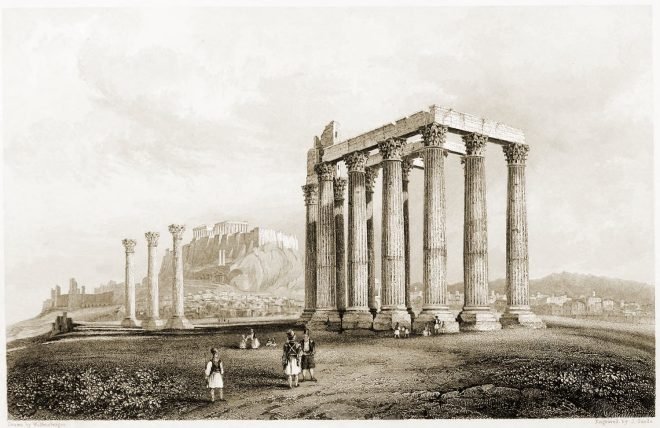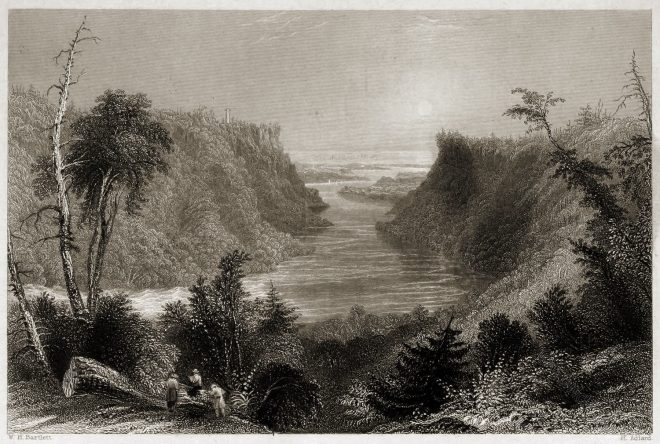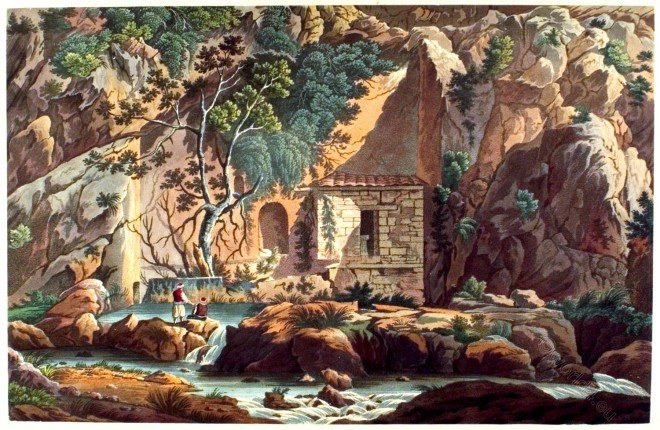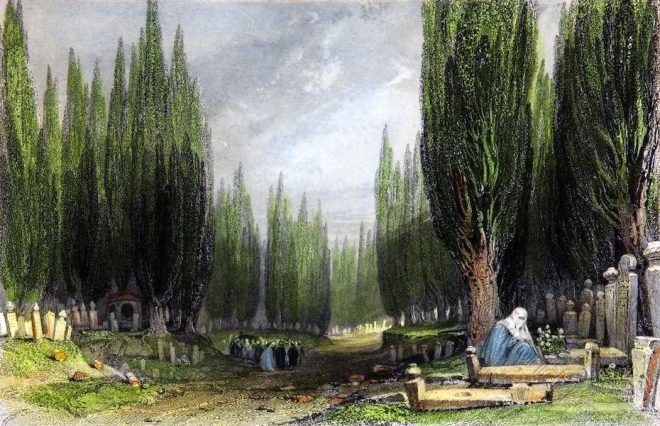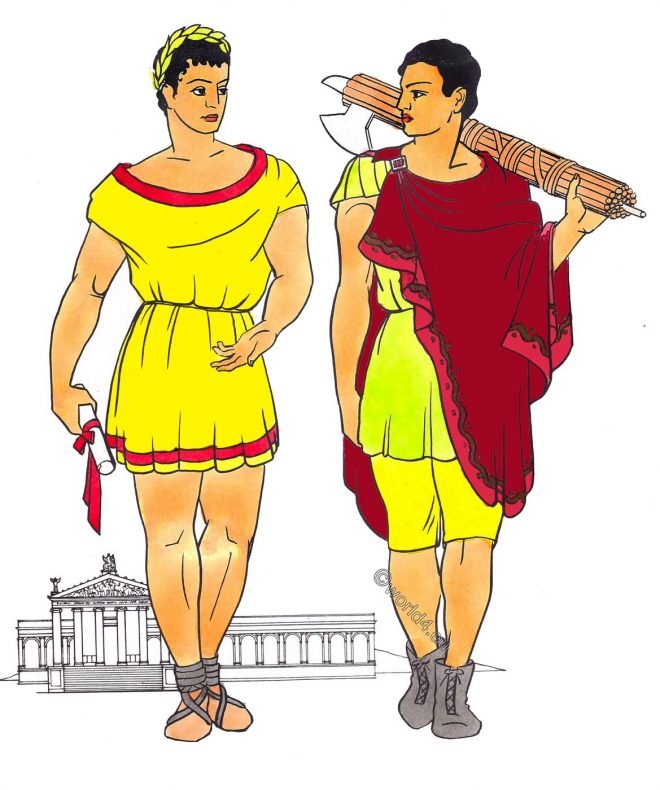The Süleymaniye Mosque (Turkish: Süleymaniye Camii) is one of the great mosques in İstanbul. It was built by order of Sultan Suleyman the Magnificent in a very short construction period between the years 1550 and 1557 and is an important work of the architect Sinan.
The Olympieion (also Columns of the Olympian Zeus) in Athens.
The Olympieion (also Columns of the Olympian Zeus) in Athens was one of the largest temples in ancient Greece. Its construction dates back to the 6th century BC, but it… Read More
The Lantern of Diogenes or Choragic Monument of Lysicrates at Athens.
The Choragic Monument of Lysicrates near the Acropolis of Athens was erected by the choregos Lysicrates in the 2nd half of the 4th century BC
The toga of a Roman senator. The armor of a Roman general.
Costume of the Roman Empire 31 B.C.- 476 A.D. The figure symbolizes the two characteristics that made Rome great statesmanship and military power
The outlet of Niagara River from the American side.
American Scenery 1840. This view is taken from the American side, and presents the outlet of the waters of Niagara into Lake Ontario.
Chinese peasants with children from the northern provinces.
A peasant with his wife and family. The feet of children are prevented from growing large. The Mother is in the dress of the northern provinces.
The Castalian Spring near the sanctuary of Delphi.
In ancient times, pilgrims purified themselves at this spring before entering the sacred precincts of Delphi.
The Acropolis of Mycenae on the Peloponnese. Ancient Greece.
Mycenae was one of the most important cities in Greece in pre-classical times, and the Mycenaean culture was named after it.
The Great Cemetry of Scutari. Turkish necropolis, the cities of the dead.
Scutari cemetry of Istanbul, the former Constantinople. Among the objects which distinguish a Turkish necropolis, is the stone placed to mark the grave.
The usual Roman garment during the Republican Rome.
Rome during the height of its culture. Roman Republic. 500 B.C. – 30 B.C. The toga. The tunica. The abolla.


